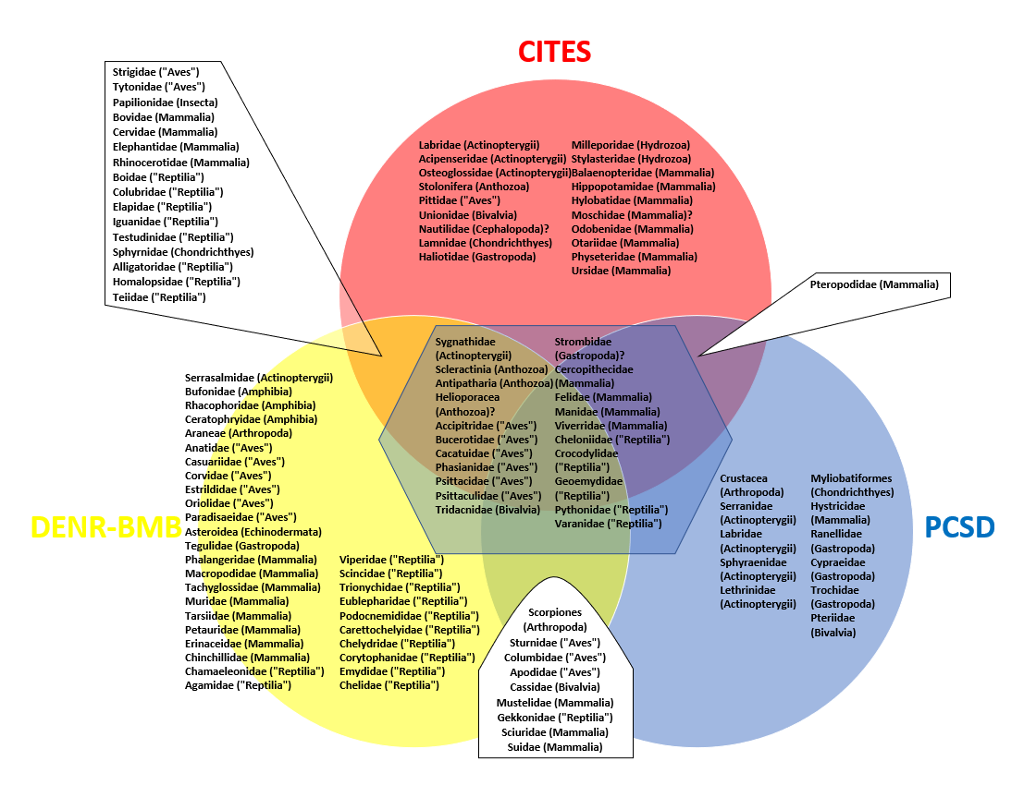VOLUME 14 NUMBER 1 (January to June 2021)

Philipp. Sci. Lett. 2021 14 (1) 79-100
available online: April 28, 2021
*Corresponding author
Email Address: rcruz@ateneo.edu
Date received: January 18, 2021
Date revised: March 10, 2021
Date accepted: April 16, 2021
ARTICLE
The big picture: Consolidating national government and CITES records of animal trade in the Philippines from 1975 to 2019
Ronald Allan L. Cruz*,1 and Catherine Genevieve B. Lagunzad1
1Department of Biology, School of Science and Engineering,
Ateneo de Manila University, Katipunan Avenue,
Loyola Heights, Quezon City 1107, Philippines
Ateneo de Manila University, Katipunan Avenue,
Loyola Heights, Quezon City 1107, Philippines
The Philippines is a biodiversity hotspot. It is a recognized source, destination, and transit point for the global wildlife trade, which drives biodiversity loss. There is an abundance of data from the Convention on International Trade in Endangered Species of Wild Fauna and Flora (CITES) on the Philippines, but this data has not been assessed for historical trends. Confiscation data reflecting the illegal trade is scarcer, coming from recent (2008 onward) records of the Department of Environment and Natural Resources – Biodiversity Management Bureau (DENR-BMB) and the Palawan Council for Sustainable Development (PCSD). CITES data from 1975 to 2018 include over 16 million units of animals or animal parts from 20,728 trade records. Birds are the most traded taxon at 43.92% of all trade records, and the USA has been the largest importer of wildlife from the Philippines. DENR-BMB and PCSD records show that birds and reptiles each account for 36.46% of confiscated species. Reptiles, particularly sea turtles, are the most frequently traded in the illegal markets. Many species of animals that appear in all three databases are endemic to the Philippines but not afforded enough protection by CITES or national laws and documents such as the Philippine Red List. Temporal trends in both legal and illegal wildlife trade should strongly influence conservation strategies and policies aimed at controlling the trade of wildlife from the Philippines, including reassessment of the conservation status and possible inclusion in CITES Appendices of problematic endemic species.
© 2025 SciEnggJ
Philippine-American Academy of Science and Engineering